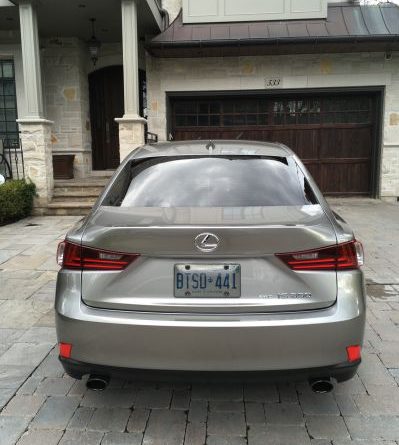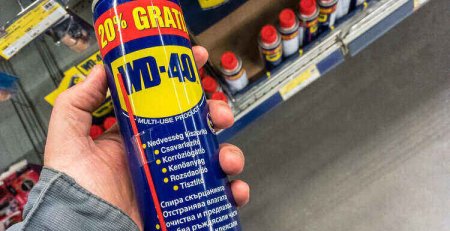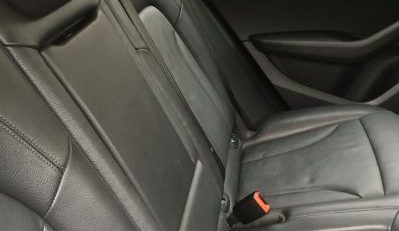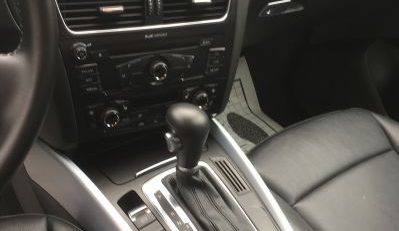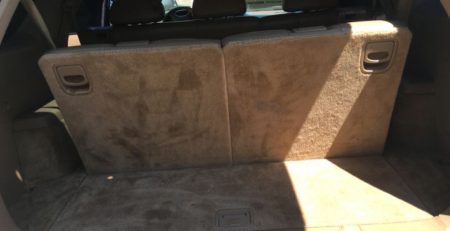How to Restore Your Car’s Headlights
Why Regularly Restoring Your Car’s Headlights is Important
I remember back in ’82 when I first laid eyes on a sleek, mint-condition Chevy Camaro. Her headlights sparkled like diamonds, inviting me into a world of horsepower and high-speed chases. That’s when I learned the importance of well-maintained car headlights.
The Impact on your Car’s Aesthetics
Just like that Camaro, your car’s headlights are the eyes to its soul. They are the first things people notice, and a hazy, yellowed headlight can significantly downgrade your vehicle’s overall appearance. It’s like wearing a designer suit with scuffed shoes. It’s just not right.
Improves Road Safety
Beyond aesthetics, the clarity of your headlights impacts road safety. Faded or foggy headlights can reduce your visibility while driving at night or in poor weather conditions. Restoring them to their former glory not only improves the look of your car but also enhances your safety on the road.
Tools Needed for Headlight Restoration
Every task requires the right set of tools, and restoring your car’s headlights is no different. I recall my first headlight restoration project; I was so excited that I forgot to get the necessary tools. It was a fiasco! To save you from a similar plight, here’s a complete shopping list.
Shopping List Guide
- Headlight restoration kit (containing a polishing compound and a sealant)
- Masking tape
- Plastic or vinyl gloves
- Microfiber cloths
- Water spray bottle
- Sanding pads (500, 800, and 3000 grit)
- Polishing pad
Step-by-step Process to Restore Car’s Headlights
Now that we’ve covered the importance of headlight restoration and the tools you’ll need, it’s time to get your hands dirty. This is the part where I feel like a surgeon about to perform a delicate operation.
How to identify if your car’s headlights need restoration
First things first. Do your car’s headlights really need restoration? Look for signs of discoloration, fogging, or scratches. These are clear indications that your headlights could use some TLC.
Preparation before starting
Before you begin, park your car in a shaded area to prevent the sun from drying out the products too quickly. Use masking tape to protect the paint around your headlights from accidental scratches. Remember, preparation is key. It’s like applying a paint protection film (PPF) or a ceramic coating in car detailing. You need to ensure the surface is clean and ready.
The Cleaning Process
Start with a wet sanding pad (500 grit) and gently sand the headlights. Spray water frequently to avoid scratches. Gradually move to the higher grit sandpapers, rinsing and wiping the headlight each time you change the sandpaper grit.
Apply the polishing compound using the polishing pad. This will remove any remaining abrasiveness. Wipe off the compound and apply the sealant to protect your headlights from future damage.
And voila! You’ve restored your car’s headlights to their former glory. Remember, practice makes perfect. So don’t get disheartened if you don’t get it right the first time. I certainly didn’t. But with persistence, you’ll become a pro at DIY headlight restoration.
Aftercare for Your Car’s Headlights
Once you’ve successfully restored your car’s headlights to their former glory, it’s crucial to ensure they stay that way. This involves routine maintenance and knowing when to engage a professional.
Routine Maintenance
Headlights, like any other part of your car, require regular upkeep for optimal performance. Regular cleaning is a must. Use a car cleaning solution and a soft cloth to gently remove dirt and grime. This helps preserve the clarity of the headlight cover. Additionally, consider using a UV-protectant spray. This acts as a sunscreen for your headlights, preventing them from yellowing or clouding due to sun damage.
When to engage a professional
If you notice that your headlights are starting to dull or yellow despite routine cleaning and care, it might be time to call in a pro. They can perform a more in-depth restoration, like sanding and polishing, to restore shine and clarity. Also, if you’re dealing with more severe damage like cracks or condensation inside the headlight, a professional can help address these issues.
Common Mistakes and How to Avoid Them
While headlight restoration can certainly be a DIY task, there are some common mistakes to be aware of and avoid.
Over-polishing the Headlights
Over-polishing your headlights can actually do more harm than good. Too much polishing can remove the protective layer on the headlight lens, making it more susceptible to damage. Instead, aim for a balance – polish enough to remove the oxidation, but not so much that you damage the lens. Always follow the manufacturer’s instructions when using a headlight restoration kit.
Not Sealing the Headlights Properly
After polishing, it’s essential to seal the headlights properly. Skipping this step or doing it wrong can lead to rapid re-oxidation. Use a quality sealant and apply it evenly to the entire headlight surface. This will ensure your headlights stay clean and clear for longer.
FAQ
How often should I restore my Headlights?
Generally, you should restore your headlights once they start to look yellow or cloudy, which typically happens every 1-3 years depending on the vehicle and environment.
Can I use toothpaste to clean headlights?
Toothpaste can be used as a temporary solution for cleaning headlights, but it won’t provide the same lasting results as a proper headlight restoration kit.
What products are best for headlight restoration?
There are many great headlight restoration kits on the market. Look for one that includes a cleaner, sandpaper, polish, and sealant for best results.
What to do if the headlight cover is severely damaged?
If the headlight cover is severely damaged, it may need to be replaced. In such cases, it’s best to consult a professional.



